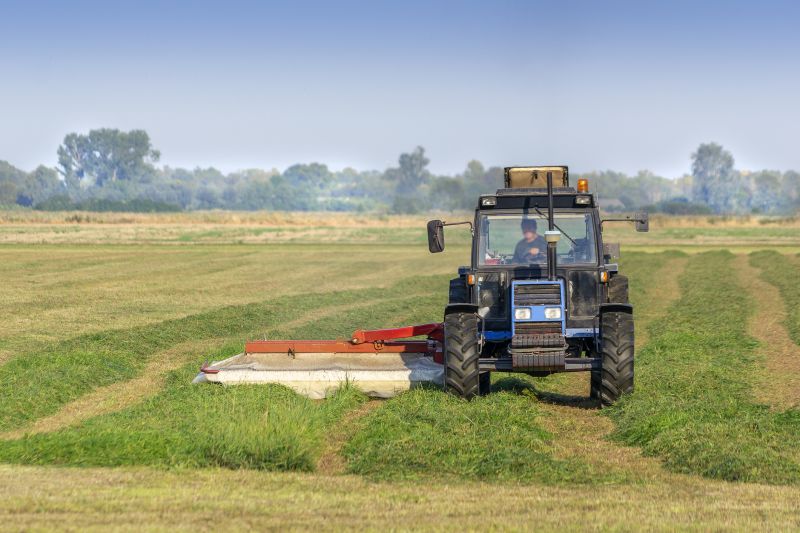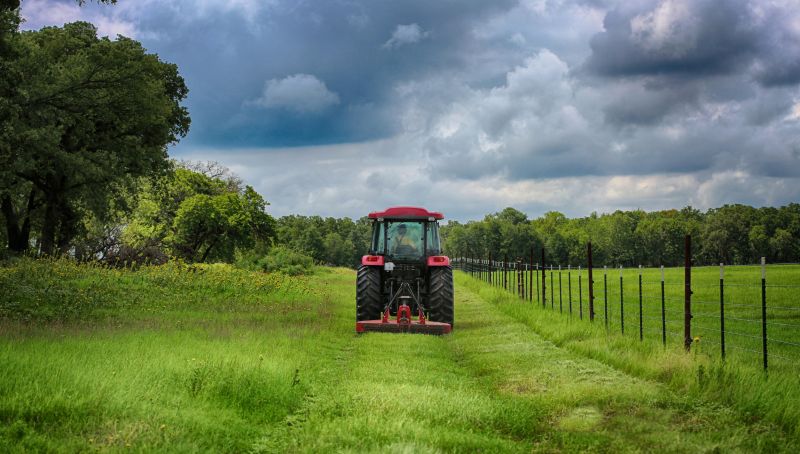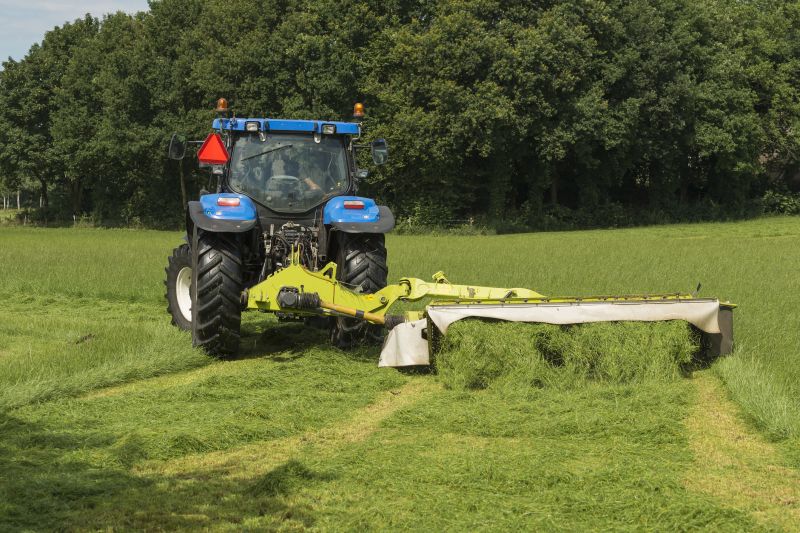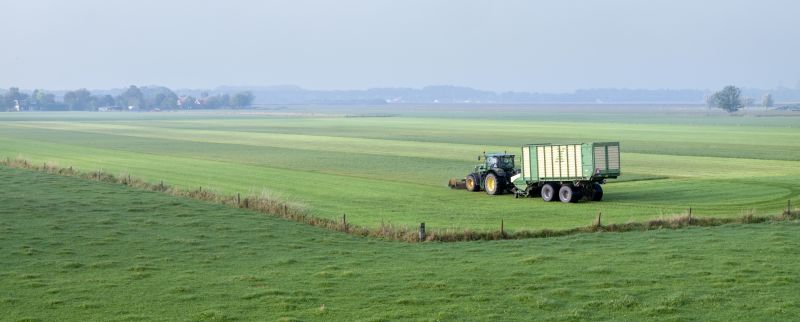Pasture Mowing
Pasture mowing plays a crucial role in maintaining healthy land and supporting the well-being of livestock. When pastures are left overgrown, weeds can spread, soil health can diminish, and desirable forage grasses can struggle to compete. Routine mowing helps manage plant growth, improves grazing conditions, and can prevent the spread of invasive species. By keeping pastures trimmed, landowners promote a more productive and visually appealing landscape, supporting long-term sustainability for agricultural or recreational use.
Benefits of Pasture Mowing
- Weed Control:
One of the primary benefits of pasture mowing is the suppression of unwanted weeds. Cutting down fast-growing or invasive plants prevents them from taking over desirable grasses and helps reduce the need for herbicides. It also allows more sunlight and nutrients to reach beneficial plants, improving overall pasture quality.
- Improved Forage Quality:
Regular mowing encourages the growth of tender, nutritious grasses that are more appealing to livestock. Removing old or woody growth stimulates new shoots and helps animals access better feed. Healthier pastures lead to better livestock performance and reduced supplemental feed costs.
- Pest Management:
Mowing can disrupt the life cycle of pests and insects that live in tall grass. This reduces breeding grounds for unwanted bugs and helps keep the pasture safer and more comfortable for animals. It also lowers the risk of diseases carried by ticks and other pests.
- Enhanced Aesthetics:
Maintaining a well-mowed pasture adds to the overall appearance of your property. Clean, trimmed fields create a professional and well-managed look, whether for farming, equestrian activities, or rural living. It reflects care and attention to land management.
- Soil Health and Erosion Control:
Keeping pastures in balance with routine mowing helps maintain a consistent ground cover. This helps prevent soil erosion, protects against wind and water damage, and keeps root systems strong and active. Healthy soil leads to stronger pastures and better resilience against drought.
Our Service
- We connect you with skilled professionals in your area.
- You'll receive fast and accurate quotes.
- Select the best offer based on your needs.
- Let local contractors handle the job for you!
FAQs About Pasture Mowing
How often should I mow my pasture?
Mowing frequency depends on pasture size, grass type, and usage. Most pastures benefit from 2–4 mowings per year to control weeds and encourage healthy regrowth.
When is the best time of year for pasture mowing?
Late spring through early fall is ideal. Mowing after weed flowering but before seed production helps prevent spread and supports optimal regrowth of grasses.
Does pasture mowing help with livestock health?
Yes, mowing improves forage quality and reduces exposure to pests and parasites, leading to a healthier grazing environment for animals.
Can mowing help with erosion control?
Absolutely. Regular mowing maintains a healthy root system and consistent ground cover, which protects soil from erosion caused by wind and rain.
Should I mow if I don't currently have livestock?
Yes. Mowing helps keep land in good condition, prevents overgrowth, and makes future use easier whether for animals, crops, or property aesthetics.
Fill out the contact form to request pasture mowing service today. A professional team can help you maintain your land for better growth, better grazing, and a healthier environment.







